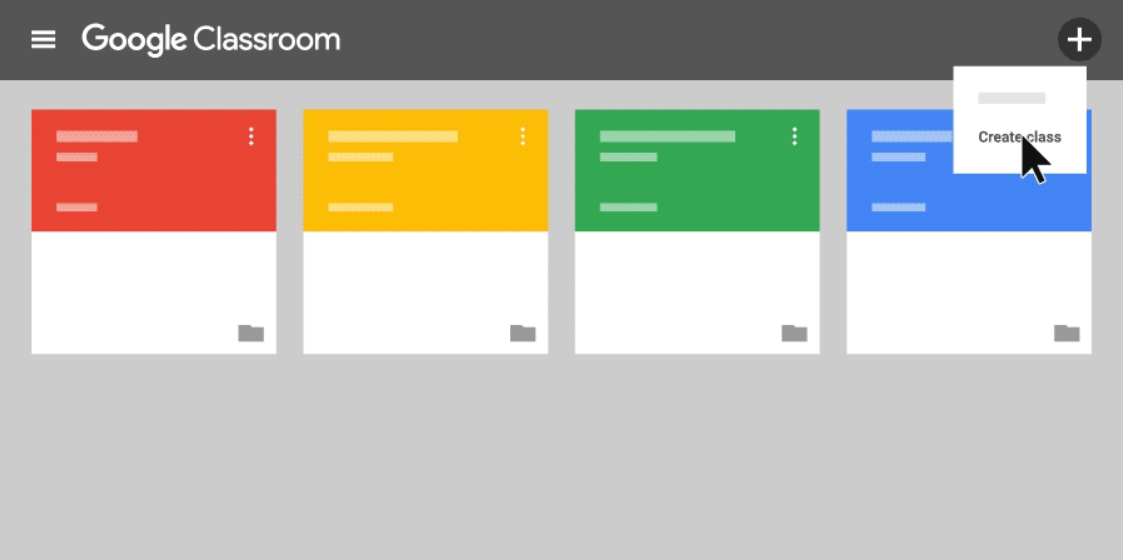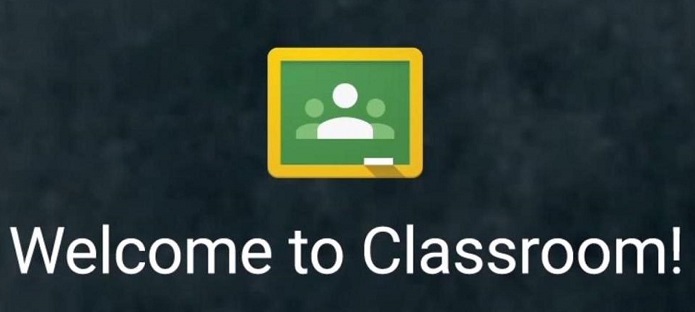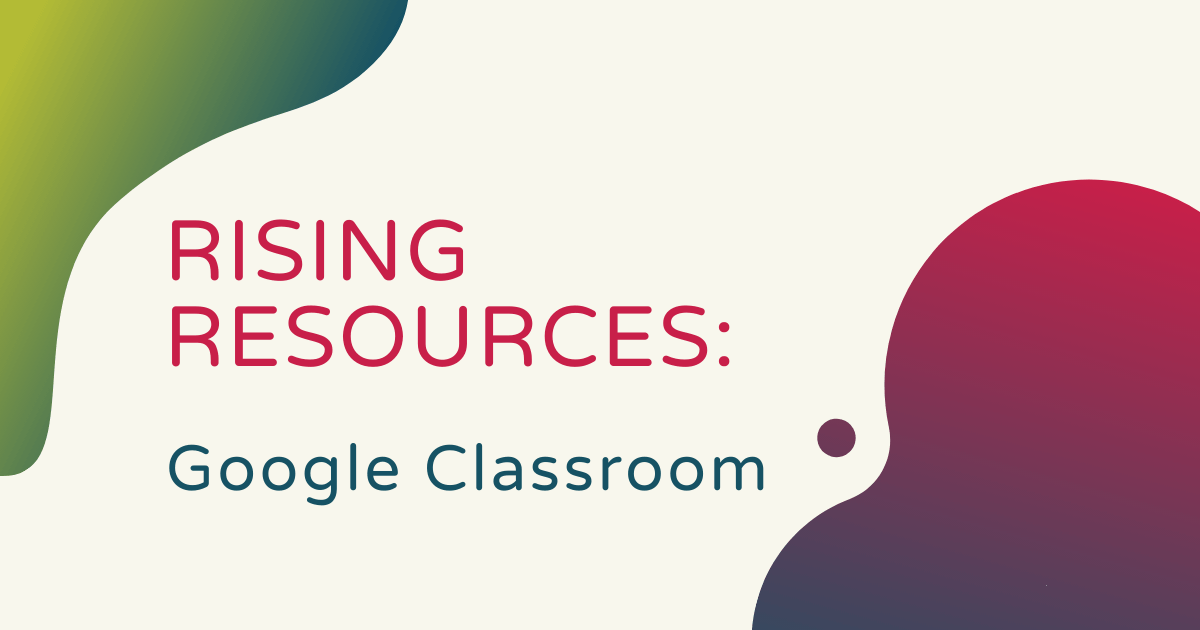There are lots of applications and web systems educators can use to make their time in the classroom and planning periods more efficient. Google Classroom might be tops among them all. If you’re an educator in the 21st century, there’s a good chance you’ve heard of Google Classroom and likely have even used it yourself or know a fellow educator who has. With this tool, teachers are able to easily set up the app on computers or mobile devices and access just about everything they need from it. Best of all, it’s completely free and helps educators create the kind of paperless efficiency we should all be striving for in the 21st century. Keep reading to learn more about Google Classroom and how it has made a positive impact in today’s schools.
Google Classroom was released in the summer of 2014, just in time for the start of the new school year. Educators all around the country and the world are still using it and its regularly added features to make teaching in today’s climate more efficient. If you’re not too familiar with Google Classroom, it is a mobile app that can be downloaded from your device’s app store. It is currently available for iOS and Android devices and can also be downloaded on desktop web browsers, making it ideal for integration in a 1:1 classroom since all students and teachers can access the content from their individual devices.

To get stated, educators need to create their own class or join an existing one using their Gmail account. Students can create accounts on Google Classroom using Gmail addresses as well. When Google Classroom is first opened, users will have to provide the class code to join a class, which they can get from the user who created the class. Once accessed, the Google Classroom interface is easy to navigate and it’s designed to pair with other apps from the G Suite, like Google Docs, Sheets, and Slides. The interface is also not cluttered with a lot of features, so teachers who are using it tend to find that using it is a simplistic experience rather than something they have to customize every last detail of.
Google Classroom automatically creates folders for each class a teacher has, where they can automatically store all assignments needed for those students. Teachers benefit from this feature because the fact that the assignment is saved means they can use it again later on, use it with a different class, or wait until the next school year and use it again. Google Classroom also offers scheduling options, so teachers can create an assignment and choose exactly when they want it published for their students to see.
Among the additional features of Google Classroom include the option for posting assignments with or without attachments. If teachers did not want to include an attachment, they could create text instructions or video instructions to mix things up and engage their students in a different way. However they present the assignment to their students, kids can check it off once they’ve completed it and their teacher will always be aware of their progress on specific classroom expectations. If they want to facilitate more collaboration in the classroom, teachers can also assign group work via Google Classroom and encourage students to work together to complete tasks.

Ultimately, Google Classroom is a clutter-free way to manage streamlined communication between teachers and students in each of their classes. To help teachers better organize and distinguish between their classes, there are options for assigning each class a specific color and banner. Both teachers and students see a lot of the same things when they’re logged in to the Google Classroom dashboard, which include recent assignments, announcements, and discussions for active participation. If students have any important assignment deadlines coming up or need to be reminded of anything else, these can typically be displayed on the side so they are easily noticeable.
Beyond that, teachers can invite other educators they work with to their Google Classroom to help facilitate co-teaching and they can also assign work to some students while not requiring others to complete it. Students can view and submit an assignment all from the same window and teachers can track who in their class has and has not completed each assignment. They can also grade each assignment on a 100-point scale and post announcements as often as they need to right from within Google Classroom.
To download Google Classroom, visit the iOS or Android app store or access it on the web. To learn more about helpful technology tools that help educators better manage the classroom or engage with their students, be sure to check out the rest of our Rising Resources blog series! After that, we hope you’ll check out our store, where you can find hundreds of today’s top STEM teaching tools with special discounted pricing for educators!



